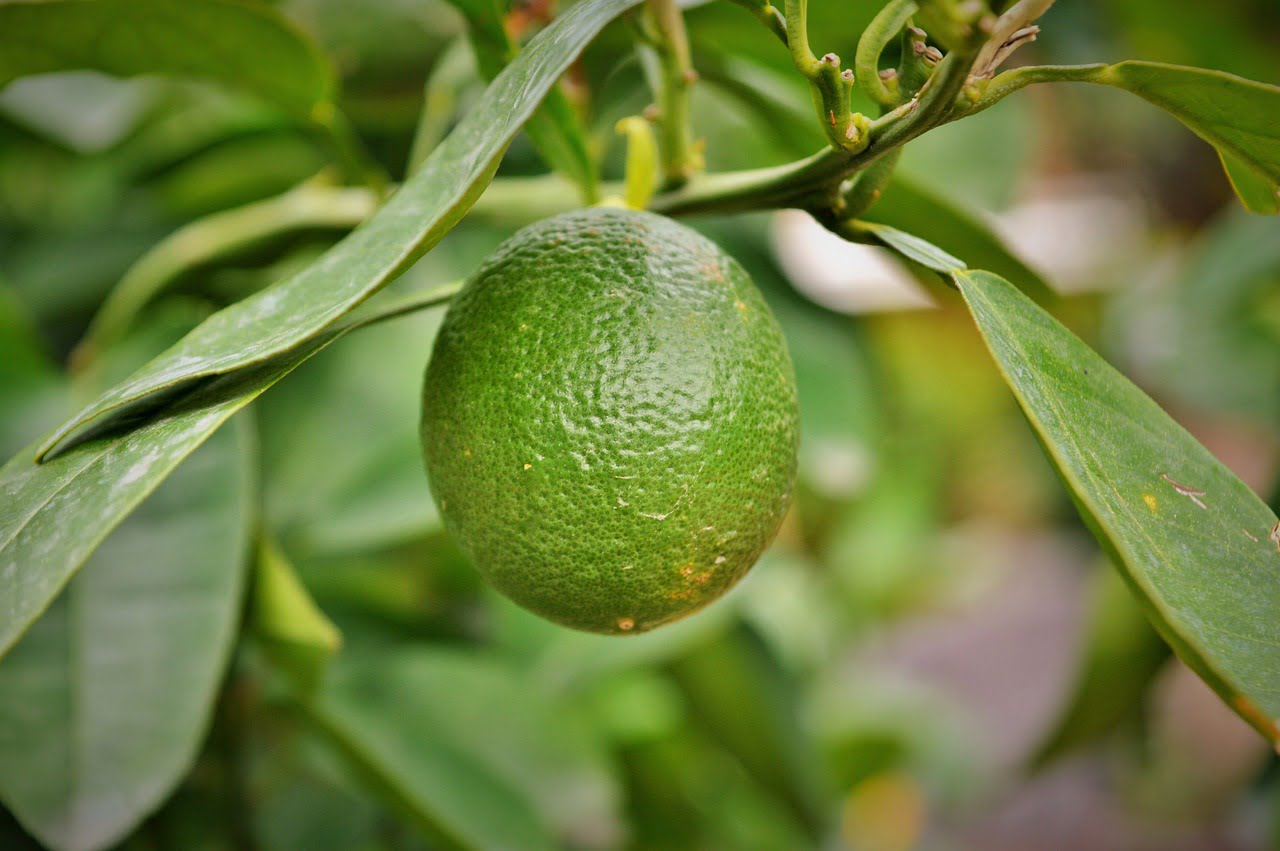
Lemon Tree and Planting: A Refreshing Guide to Citrus Gardening
Introduction
Lemon trees, with their vibrant green foliage and zesty fruits, are a delightful addition to any garden. This comprehensive guide will walk you through everything you need to know about planting and caring for a lemon tree, from selecting the right location to harvesting your own lemons. So, roll up your sleeves, grab your gardening tools, and let’s get started on this fruitful journey!
Table of Contents
- The Beauty of Lemon Trees
- H1: Introduction to Lemon Trees
- H2: The Appeal of Lemon Trees
- H3: Varieties of Lemon Trees
- Planting Your Lemon Tree
- H1: Selecting the Perfect Spot
- H2: Preparing the Soil
- H3: Choosing the Right Lemon Tree
- The Art of Planting
- H1: Planting a Lemon Tree Step by Step
- H2: Watering and Mulching
- H3: Pruning for Health
- Caring for Your Lemon Tree
- H1: Fertilizing Tips
- H2: Pests and Diseases
- H3: Seasonal Care
- The Joy of Harvesting Lemons
- H1: Knowing When to Harvest
- H2: Harvesting Techniques
- H3: Enjoying the Fruits of Your Labor
- FAQs: Answering Your Citrus Questions
- H4: How long does it take for a lemon tree to bear fruit?
- H4: Can I grow a lemon tree indoors?
- H4: What are common lemon tree pests to watch out for?
- H4: How often should I water my lemon tree?
- H4: Can I use lemon leaves for culinary purposes?
The Beauty of Lemon Trees
Introduction to Lemon Trees
Lemon trees (Citrus limon) are not just providers of delicious, tangy fruits; they’re also stunning ornamental additions to gardens. Their glossy green leaves and fragrant white blossoms add a touch of elegance to any outdoor space.
The Appeal of Lemon Trees
The allure of lemon trees lies not only in their aesthetic appeal but also in the versatility of their fruit. Lemons are culinary essentials, used in everything from savory dishes to refreshing beverages.
Varieties of Lemon Trees
Lemon trees come in various varieties, each with its unique characteristics. Common lemon varieties include Eureka, Lisbon, and Meyer lemons, each with its distinctive flavor profile and adaptability to different climates.
Planting Your Lemon Tree
Selecting the Perfect Spot
The success of your lemon tree largely depends on the location you choose. Lemon trees thrive in full sunlight, so select a spot that receives at least 6-8 hours of direct sunlight daily.
Preparing the Soil
Well-draining soil is essential for lemon tree health. Sandy loam soil with a slightly acidic pH level (around 6.0-7.0) is ideal. Amend the soil with organic matter to improve drainage and fertility.
Choosing the Right Lemon Tree
When purchasing a lemon tree, consider factors like your climate, space, and lemon variety preferences. Dwarf lemon trees are suitable for smaller gardens or pots, while standard varieties can grow larger.
The Art of Planting
Planting a Lemon Tree Step by Step
- Dig a hole twice the size of the root ball.
- Gently remove the tree from its container.
- Place the tree in the hole, ensuring it sits at the same level as it did in the container.
- Backfill the hole with soil and water thoroughly.
Watering and Mulching
Lemon trees require consistent moisture, especially during their first year. Mulch around the base of the tree to retain moisture and prevent weed growth. Water deeply and regularly, but avoid waterlogged soil.
Pruning for Health
Pruning encourages air circulation and removes dead or diseased branches. Prune in late winter or early spring before new growth begins. Be cautious not to over-prune, as this can stress the tree.
Caring for Your Lemon Tree
Fertilizing Tips
Fertilize your lemon tree regularly with a balanced citrus fertilizer. Follow the manufacturer’s instructions, and avoid excessive nitrogen, which can lead to excessive foliage growth at the expense of fruit.
Pests and Diseases
Common lemon tree pests include aphids, spider mites, and scale insects. Keep an eye out for early signs of infestation and take appropriate measures to protect your tree.
Seasonal Care
Adjust your care routine according to the seasons. Provide winter protection for your lemon tree in colder climates, and ensure consistent watering and feeding during the growing season.
The Joy of Harvesting Lemons
Knowing When to Harvest
Lemons are ready for harvest when they reach full color and are firm to the touch. Avoid picking them too early or letting them overripen on the tree.
Harvesting Techniques
Use sharp pruning shears or scissors to cut the lemons from the tree, leaving a short stem attached. This prevents damage to the fruit.
Enjoying the Fruits of Your Labor
Freshly harvested lemons are perfect for culinary creations, refreshing beverages, and even homemade cleaning products. Share the bounty with friends and family, and revel in the satisfaction of growing your own citrus.
FAQs: Answering Your Citrus Questions
How long does it take for a lemon tree to bear fruit?
The time it takes for a lemon tree to bear fruit varies but usually ranges from 1 to 3 years. Dwarf lemon trees tend to bear fruit earlier than standard varieties.
Can I grow a lemon tree indoors?
Yes, you can grow a lemon tree indoors, but it requires proper care and adequate sunlight. Consider placing it near a sunny window or using grow lights.
What are common lemon tree pests to watch out for?
Common pests include aphids, spider mites, and scale insects. Regularly inspect your lemon tree for signs of infestation and take appropriate measures.
How often should I water my lemon tree?
Watering frequency depends on factors like climate and soil. Generally, water when the top inch of soil feels dry, but avoid overwatering, which can lead to root rot.
Can I use lemon leaves for culinary purposes?
Lemon leaves have a mild citrus aroma and can be used as flavoring agents in various dishes, teas, or potpourri. Ensure they are pesticide-free before use.